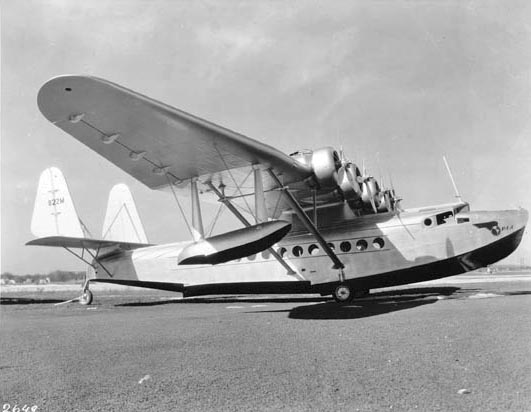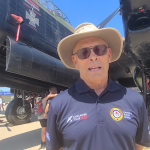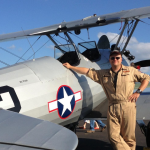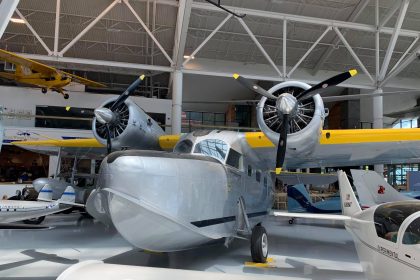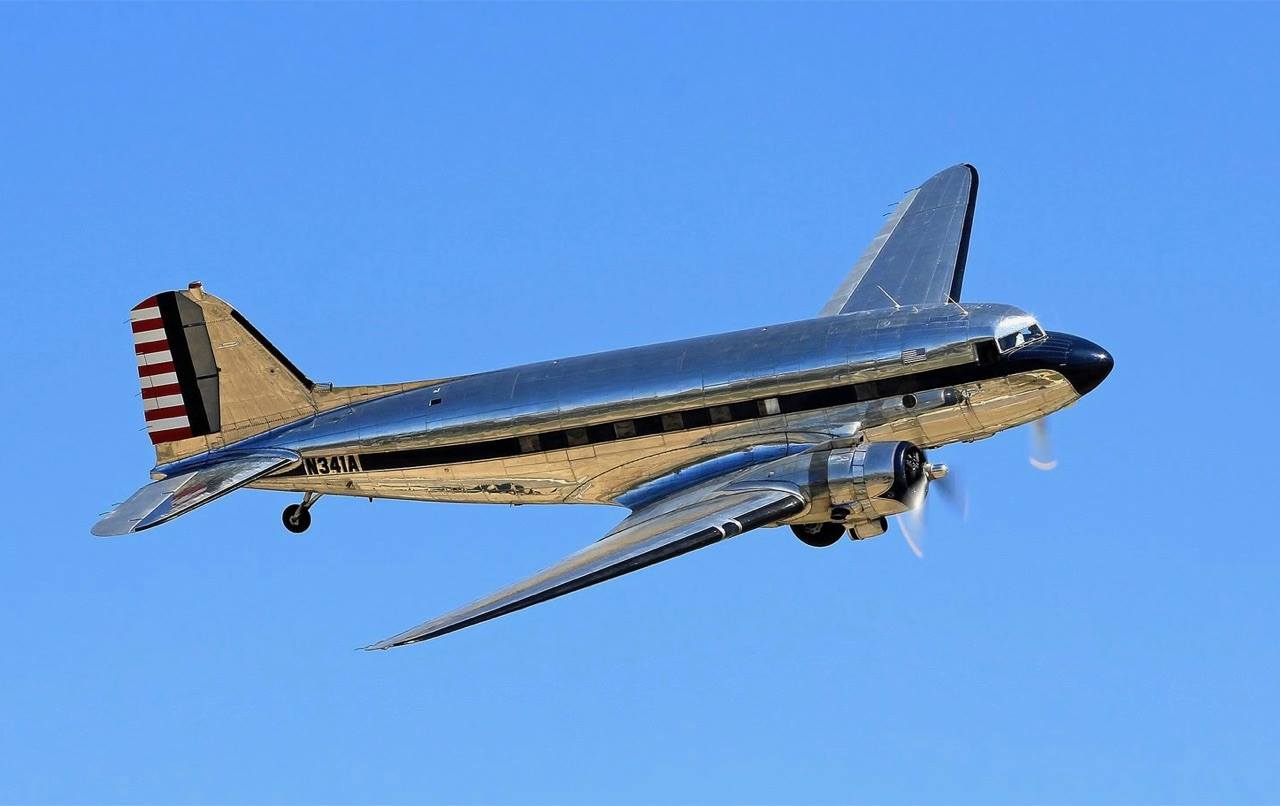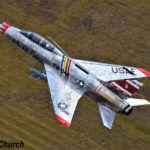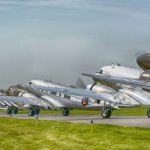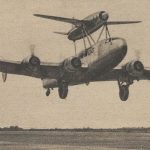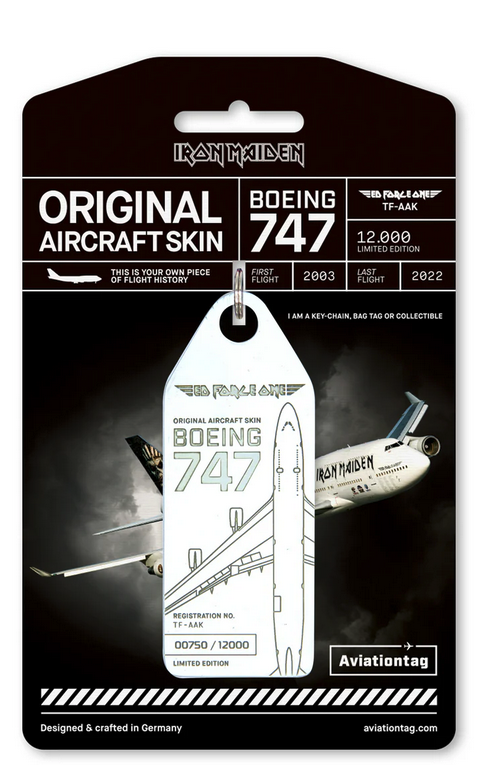Ninety-five years ago today, on March 30, 1930, the Sikorsky S-42 took to the skies for the first time. Its development was driven by Pan American World Airways, which in 1931 issued a requirement for a long-range flying boat to expand its global routes. Sikorsky answered the call, and three years later, the S-42 emerged as a prototype.
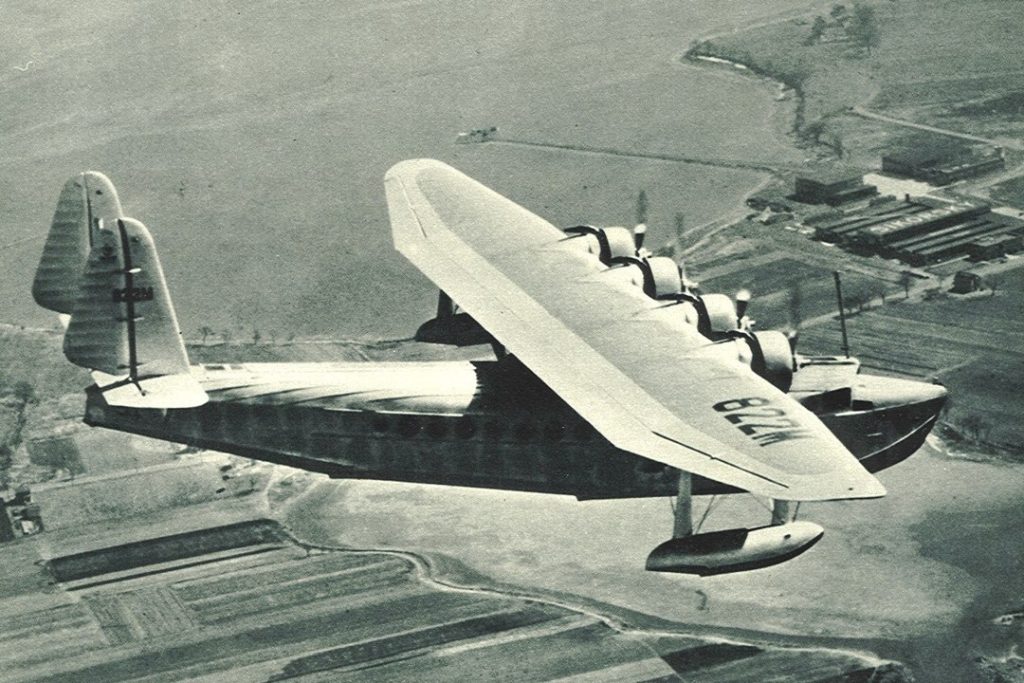
The S-42 was not an entirely new concept. It evolved from the Sikorsky S-40, an earlier flying boat that faced considerable criticism—most notably from Charles Lindbergh, who derided its excessive external struts and wiring as aerodynamically inefficient, famously quipping that flying the S-40 “would be like flying a forest through the air.” Determined to improve upon its predecessor, Sikorsky’s engineers designed a sleeker, more aerodynamically refined aircraft that would be more efficient, comfortable, and capable.

Sikorsky faced competition from six other companies for Pan Am’s contract, but in the end, only one other contender—the Martin M-130—reached production. The S-42’s redesign eliminated much of the external bracing used in earlier models, opting instead for outriggers that attached key components directly to the fuselage. However, the streamlined airframe resulted in high wing loading, necessitating the use of flaps for takeoff and landing. While the aircraft’s range fell short of initial expectations, it was still capable of crossing both the Atlantic and Pacific Oceans, making it a viable option for Pan Am’s ambitious expansion.
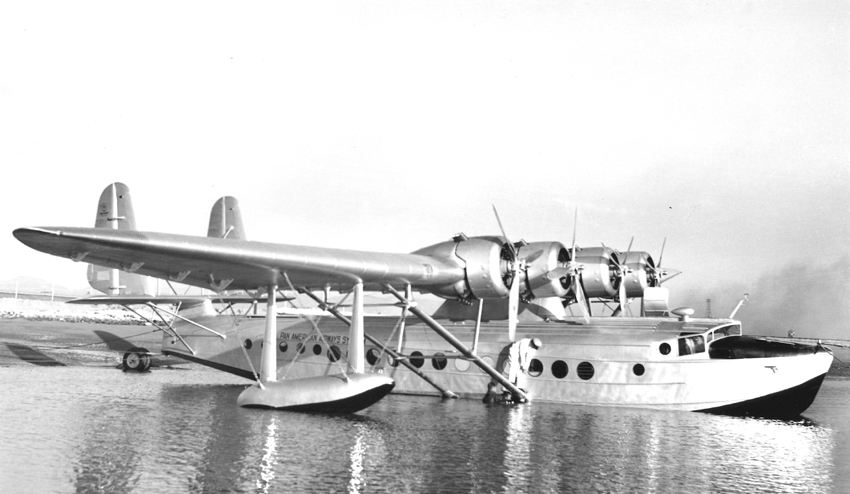
Nicknamed the Flying Clipper or Pan Am Clipper, the Sikorsky S-42 was powered by four Pratt & Whitney R-1690 Hornet radial engines, each producing 700 horsepower. It cruised at 160 miles per hour and had a standard range of 1,200 miles, which could be extended to 3,000 miles with ferry tanks. The aircraft accommodated a crew of four, along with 37 passengers in a standard configuration or 14 in a sleeper layout, providing a level of comfort that defined luxury air travel of the era.
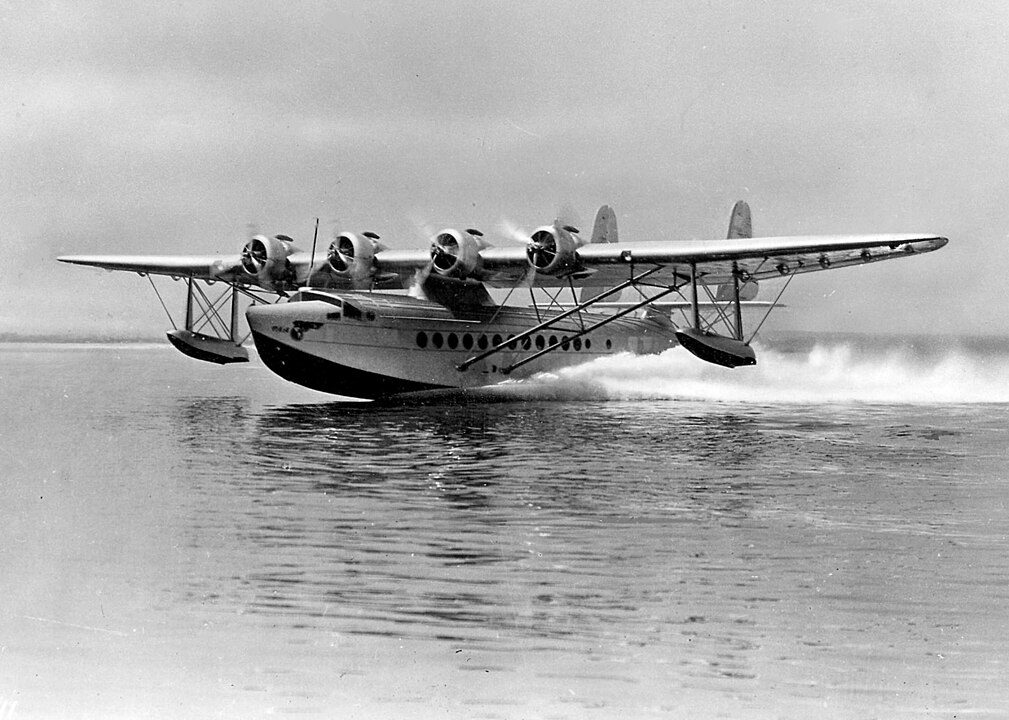
Despite its pioneering role in transoceanic flight, only 10 S-42s were built, and none survive today. Though the aircraft itself is lost to history, its legacy lives on through photographs, records, and the enduring story of Pan Am’s early global ambitions.







